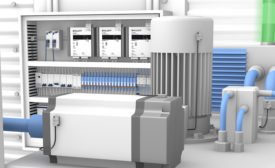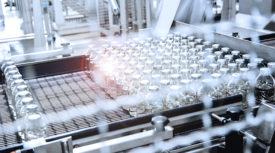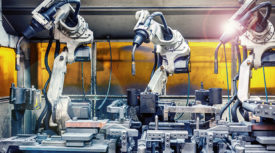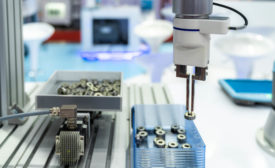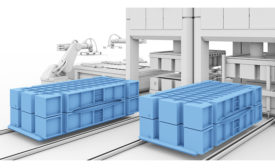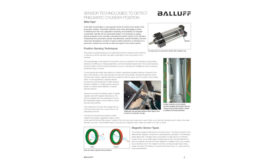Sensing Insights
sponsored content
Tire Industry Automation: When a Photo-Eye Is Failing, Try an Ultrasonic Sensors
June 16, 2022
sponsored content
Condition Monitoring & Predictive Maintenance: Machine Failure Indicators & Detection Methods
June 1, 2022
Sponsored Content
Maximize the Benefits of Open-Source Code in Manufacturing Software
April 28, 2022
Sponsored Content
Does Your Stamping Department Need a Checkup? Try a Die-Protection Risk Assessment
April 28, 2022
Sponsored Content
Sensor Technologies to Detect Pneumatic Cylinder Position
March 29, 2022
Never miss the latest news and trends driving the manufacturing industry
Stay in the know on the latest assembly trends.
JOIN TODAY!Copyright ©2024. All Rights Reserved BNP Media.
Design, CMS, Hosting & Web Development :: ePublishing
